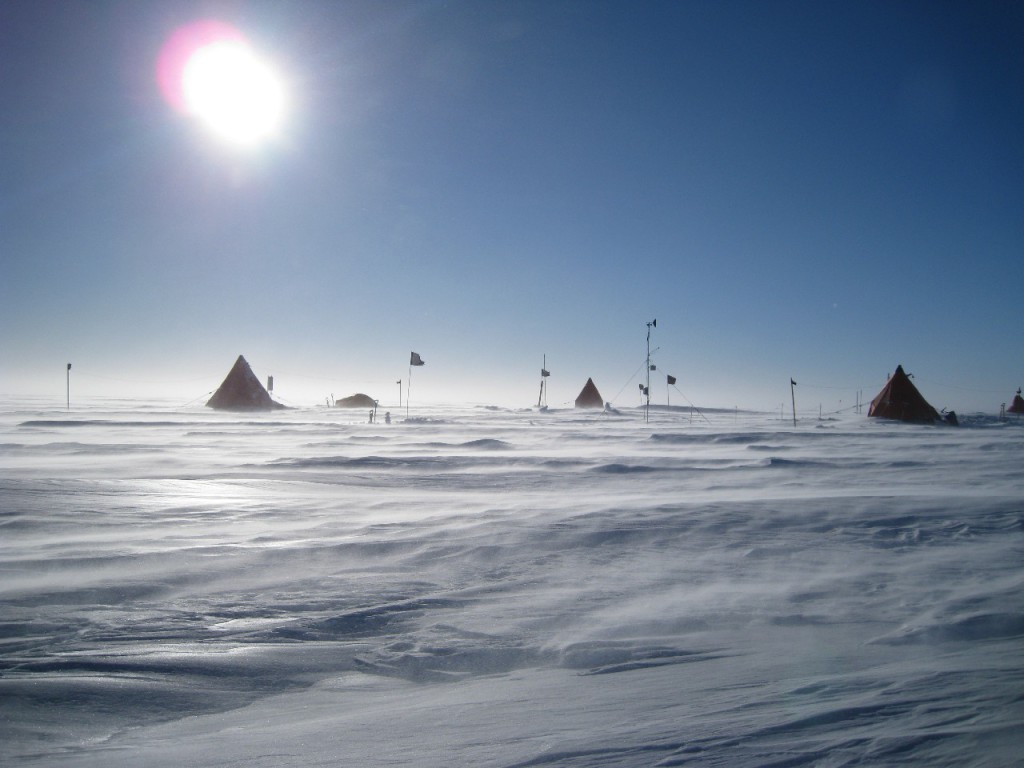The Advance Party from a team of 10 scientists and engineers planning to drill through 3km of ice in to an ancient hidden lake has begun its long journey from the UK to one of the most remote and hostile environments on the planet. Lake Ellsworth is buried deep beneath the West Antarctic Ice Sheet and gaining access to sample the lake-water and lake-bed sediments is set to be a technically ambitious operation.

Four engineers from British Antarctic Survey are heading to Antarctica today (Friday 14 October) for stage one of the two-part mission — to transport nearly 70 tonnes of equipment to the drilling site in preparation for the operation to begin in earnest next year (October 2012). Undertaking such a complex and ambitious operation during the relatively short Antarctic summer seasons means the team must work across two seasons.
It’s a demanding business transporting 70 tonnes of highly specialised equipment to the end of the Earth, but getting the load to Lake Ellsworth itself presents even further challenges; it is located in a particularly remote part of Antarctica. The team must not only navigate through the Ellsworth Mountain range, but also across heavily crevassed terrain, taking the operation to a whole new dimension.
The first stop for the team is Punta Arenas in Chile, where they will meet the fuel and hot-water drilling equipment that was shipped from the UK this summer. Next they will fly it on a heavyweight Russian aircraft, an Ilyushin, to a base camp at Union Glacier on the West Antarctic Ice Sheet, but the journey south doesn’t end here. In fact, it will only just have begun; from here the engineers will embark on a treacherous route in a tractor train covering 295km across Antarctica’s icy desert — one of the most inhospitable terrains on Earth.
Once the tractor train is on site the team faces its next challenge — to ‘winterise’ the drilling equipment, which means it will be left in Antarctica over the winter until it is needed in October 2012, when stage two of the mission will begin.
Lake Ellsworth is at 78°58′4.44″S, 90°34′27.56″W — it is an extremely windy location and temperatures can drop below −25°C; the team will certainly have their work cut out for them!
Follow the team’s progress on Twitter and the Lake Ellsworth website as we track Andy Tait, Andy Webb, Chris Hill and Scott Iremonger working in the deep field.
